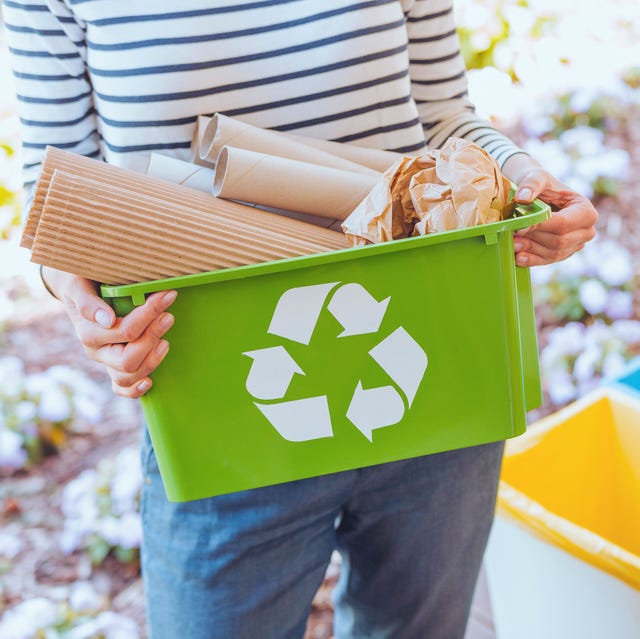As most people know, plastic is not biodegradable, and just disposing of it in landfills is extremely harmful to the environment. You can not completely ban single-use plastic straws, plastic pipes, and bottles but each type of plastic material has various recycling processes, and the product that comes after the process of recycling has various uses.

Image Source: Google
PP (polypropylene)
PP is generally used in straws, condiment containers, and medicine flasks. It is then sliced in a manner comparable to that of PET and can be converted into scrape, mops and even used in batteries.
PET or PETE (polyethylene terephthalate)
This is usually found in plastic beverage bottles and other food-related products. This must be washed and is then dried and flaked. A flourishing market for RPET has also polymerized fabrics for the garments industry.
HDPE (High-density polyethylene)
HDPE is usually used for milk bottles and juice, as well as bottle cleaning products. It is generally downcycled plastic wood, tables, roadside curbs, benches, truck freighters, garbage, stationery (eg rules) and other durable plastic products and is generally demanded.
V (vinyl) or PVC
Often used for windows and plastic pipes, it can be decomposed in a similar manner to HDPE and used to create building materials.
LDPE (low-density polyethylene)
This is the type of plastic used in bags.LDPE purchases can be recycled into bags of black trash.
PS (polystyrene)
When it is recycled, it can be used to produce expandable polystyrene (EPS) which can be added to the insulating sheet used in construction. Foam waste can also be used to make clothing.
Thus, one of the most important aspects of the future is raising customer and commercial awareness of what can be recycled.